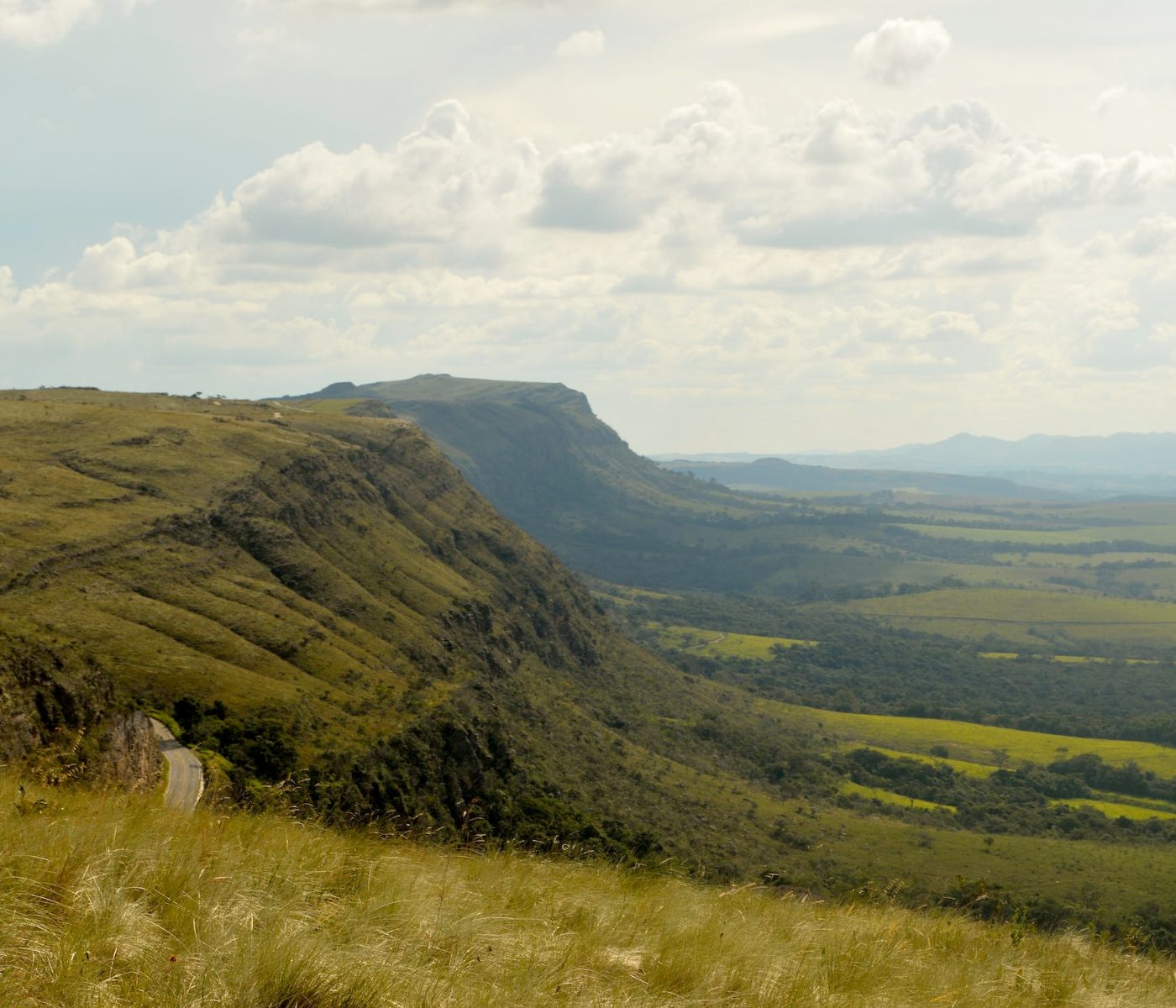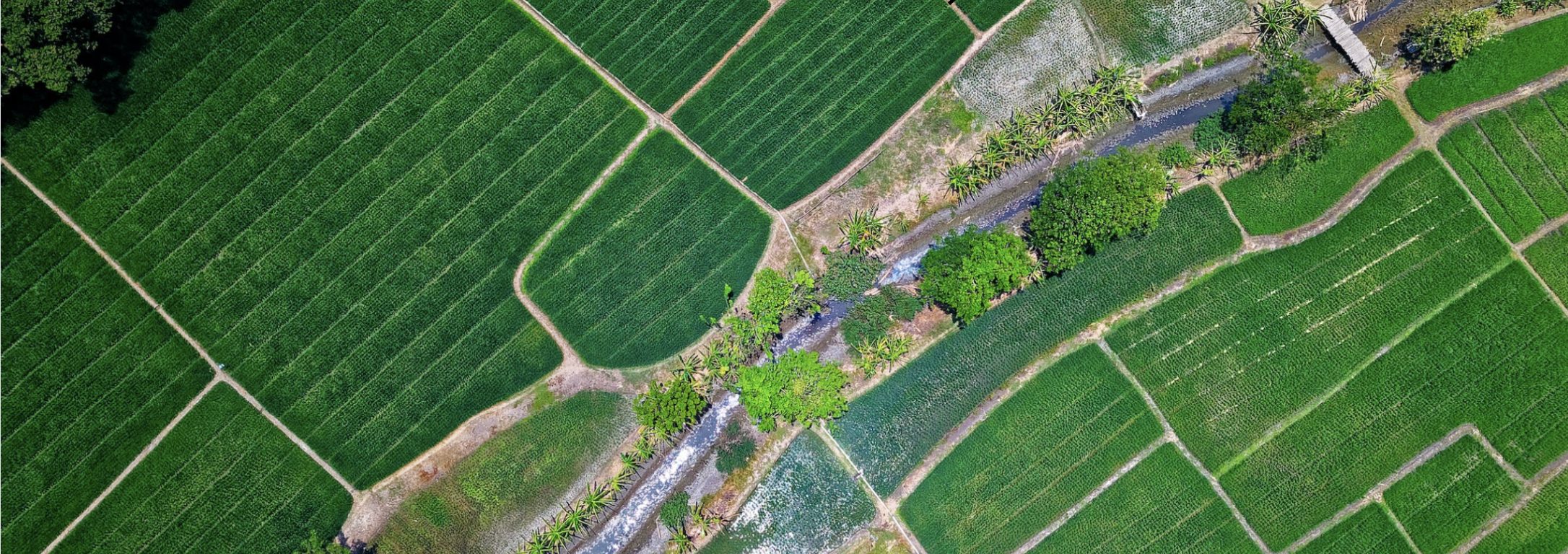The “Global Assessment of Soil Carbon in Grasslands” is the first research study of this magnitude published by the FAO.
 13 Sep 2023
13 Sep 2023
The “Global Assessment of Soil Carbon in Grasslands” is the first research study of this magnitude published by the FAO.
FAO (Food and Agriculture Organization of the United Nations) conducted the “Global Assessment of Soil Carbon in Grasslands,” unveiling several critical factors regarding the state of soil carbon in grasslands. The study’s objective is to share this information to facilitate future actions contributing to sustainability in the agricultural sector.
“Most of the world’s grasslands have a positive carbon balance, indicating stable or well-maintained land. However, a negative carbon balance was found in East Asia, Central and South America, and in Africa south of the equator, suggesting that these reserves are likely declining due to anthropogenic stress combined with climatic conditions,” states FAO.

In this regard, the study identifies specific locations where soil carbon storage capacity must be preserved or enhanced. FAO states:
“… it is necessary to balance the benefits of animal-derived food and livestock farming for nutrition, health, livelihoods, and well-being with the urgent need to reduce greenhouse gas emissions to address the climate crisis, which also threatens food security.”
The “Global Assessment of Soil Carbon in Grasslands” outlines that its approach primarily centered on evaluating organic soil carbon up to a depth of 30 cm. Furthermore, it notes that this substance “may also be retained in deeper strata, emphasizing the need for future efforts in enhancing existing estimations and devising novel methods to forecast SOC in deeper soil strata.”
Source:
Dondini, M., Martin, M., De Camillis, C., Uwizeye, A., Soussana, J.-F., Robinson, T. & Steinfeld, H. 2023. Global assessment of soil carbon in grasslands – From current stock estimates to sequestration potential. FAO Animal Production and Health Paper No. 187. Rome, FAO. https://doi.org/10.4060/cc3981en
You may also like to read: “Environment & livestock production: Ensuring a sustainable global food supply.”
Subscribe now to the technical magazine of animal nutrition
AUTHORS

Nutritional Interventions to Improve Fertility in Male Broiler Breeders
Edgar Oviedo
The Use of Organic Acids in Poultry: A Natural Path to Health and Productivity
M. Naeem
Synergistic Benefits of Prebiotics and Probiotics in Poultry, Swine, and Cattle
Gustavo Adolfo Quintana-Ospina
Hybrid Rye Potential in Laying Hen Feed Rations
Gwendolyn Jones
A day in the life of phosphorus in pigs: Part I
Rafael Duran Giménez-Rico
Use of enzymes in diets for ruminants
Braulio de la Calle Campos
Minerals and Hoof Health in the Pregnant Sow
Juan Gabriel Espino
Impact of Oxidized Fats on Swine Reproduction and Offspring
Maria Alejandra Perez Alvarado